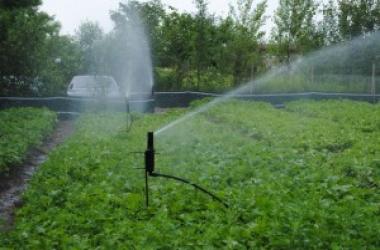10 December 2016 Choosing soil for edible snail farming
In theory: The best soil is healthy, slightly basic (calcium-rich) soil. If the natural environment we are planning to use for farming parks is too sandy and acidic, it should be enriched with humus and made more fertile with natural calcium (take care not to use calcium fertilizers containing ingredients lethal to snails). If the […]














